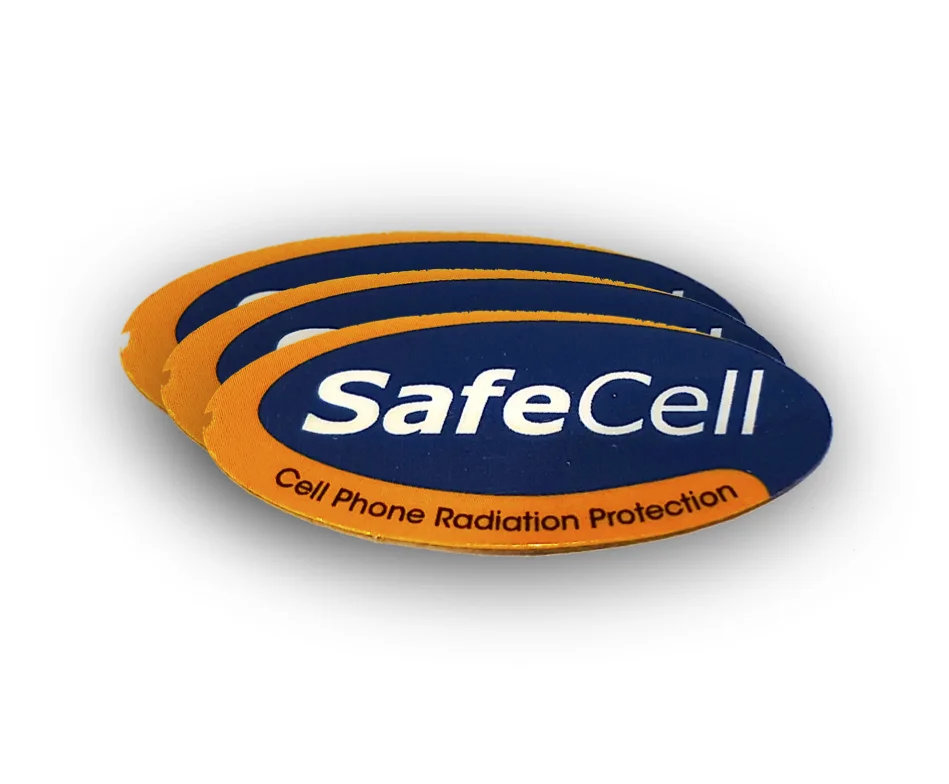As reported by the Associated Press, the New York Times' "Well" blog, and by CNN.com (among others), an international panel of experts has issued a statement announcing their findings that cell phones are possibly carcinogenic to humans after reviewing details from dozens of published studies.
The statement was issued in Lyon, France, on Tuesday by the International Agency for Research on Cancer after a weeklong meeting of experts. As reported by Bloomberg, the IARC reviewed possible links between cancer and the type of electromagnetic radiation found in cell phones, microwaves and radar. The agency is the cancer arm of the World Health Organization.
A team of 31 scientists from 14 countries, including the U.S., made the decision after reviewing peer-reviewed studies on cell phone safety. The team found enough evidence to categorize personal exposure as "possibly carcinogenic to humans." This means they found some evidence of increase in glioma and acoustic neuroma brain cancer for mobile phone users, but have not been able to draw conclusions for other types of cancers.
Of course, if the WHO decides after further consideration that cellphones are indeed dangerous to users, this news is potentially the biggest story of the year. The agency has known for many years the direct ties to cancer that dangerous drugs, medical devices and treatment therapies can sometimes possess – but according to recent research by cellphone industry group CTIA, more than 80% of US citizens own a cellphone, so this news could shape an entire agency.
The panel of experts classified cell phones in category 2B, meaning they are possibly carcinogenic to humans. Other substances in that category include the pesticide DDT and gasoline engine exhaust. Last year, results of a large study found no clear link between cell phones and cancer. But some advocacy groups contend the study raised serious concerns because it showed a hint of a possible connection between very heavy phone use and glioma, a rare but often deadly form of brain tumor. However, the numbers in that subgroup weren't sufficient to make the case. The study was controversial because it began with people who already had cancer and asked them to recall how often they used their cell phones more than a decade ago. -- Associated Press report, May 31, 2011
"The biggest problem we have is that we know most environmental factors take several decades of exposure before we really see the consequences. What microwave radiation does in most simplistic terms is similar to what happens to food in microwaves, essentially cooking the brain. So in addition to leading to a development of cancer and tumors, there could be a whole host of other effects like cognitive memory function, since the memory temporal lobes are where we hold our cell phones." Dr. Keith Black, chairman of neurology at Cedars-Sinai Medical Center in Los Angeles to CNN.com
The European Environmental Agency has pushed for more studies, saying cell phones could be as big a public health risk as smoking, asbestos and leaded gasoline. Manufacturers of many popular cell phones already warn consumers to keep their device away from their body: the Apple iPhone 4 safety manual, for instance, says users' radiation exposure should not exceed FCC guidelines. This means keeping the phone at least 15 millimeters (5/8 inch) away from your body when using the phone over a cellular network.
Follow us for breaking news and updates!



